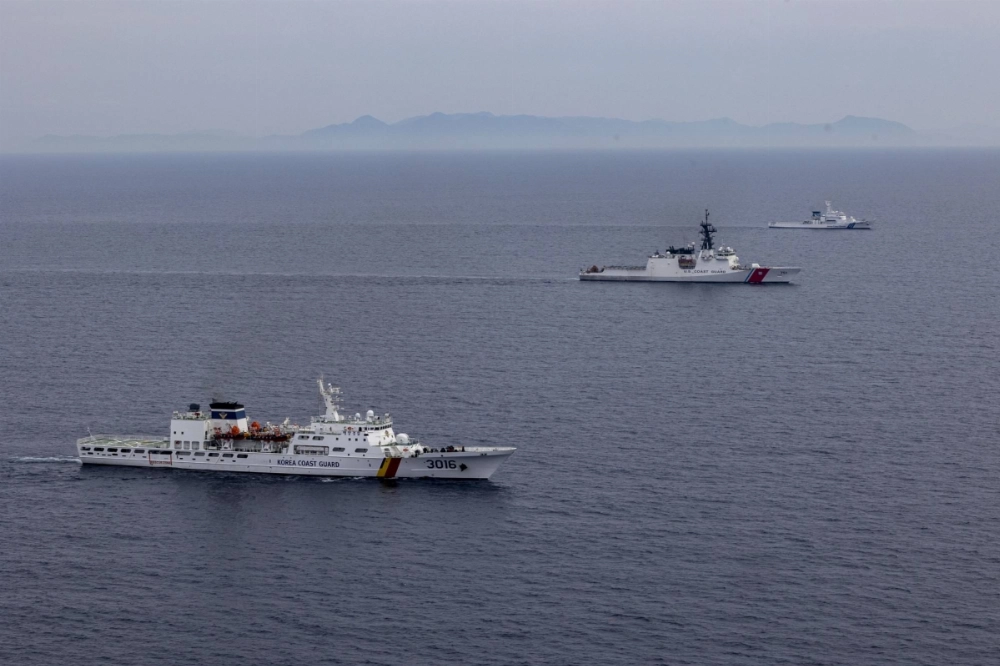The U.S. Coast Guard is set to ramp up its activities with Indo-Pacific partners as it plans more combined operations at sea, including a pollution response exercise next year alongside the Japanese and Indian coast guards, the agency's regional chief said in an exclusive interview.
The trilateral drills will take place at Tokyo's request, USCG Pacific Area Commander Vice Adm. Andrew Tiongson told The Japan Times, noting that this and other regional, cooperative initiatives are the result of “near-continuous staff talks between the services."
“The U.S. and Japan continue to seek opportunities to deepen our services’ relationship through collaboration on combined operations and exercises, professional and academic exchanges, training, and capacity building,” Tiongson said, pointing to the 2022 Sapphire memorandum of cooperation as the basis for expanding the joint activities.



















With your current subscription plan you can comment on stories. However, before writing your first comment, please create a display name in the Profile section of your subscriber account page.